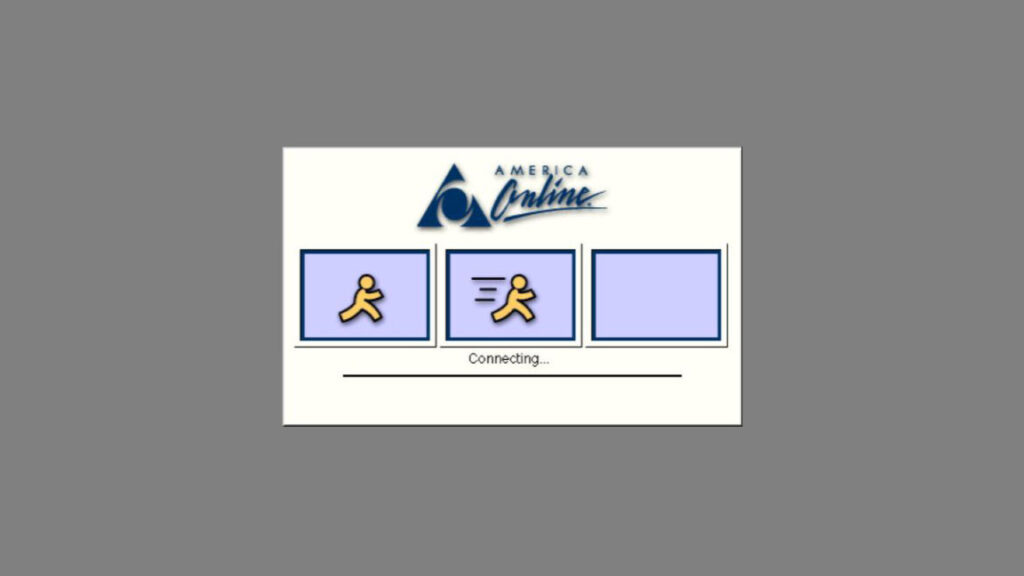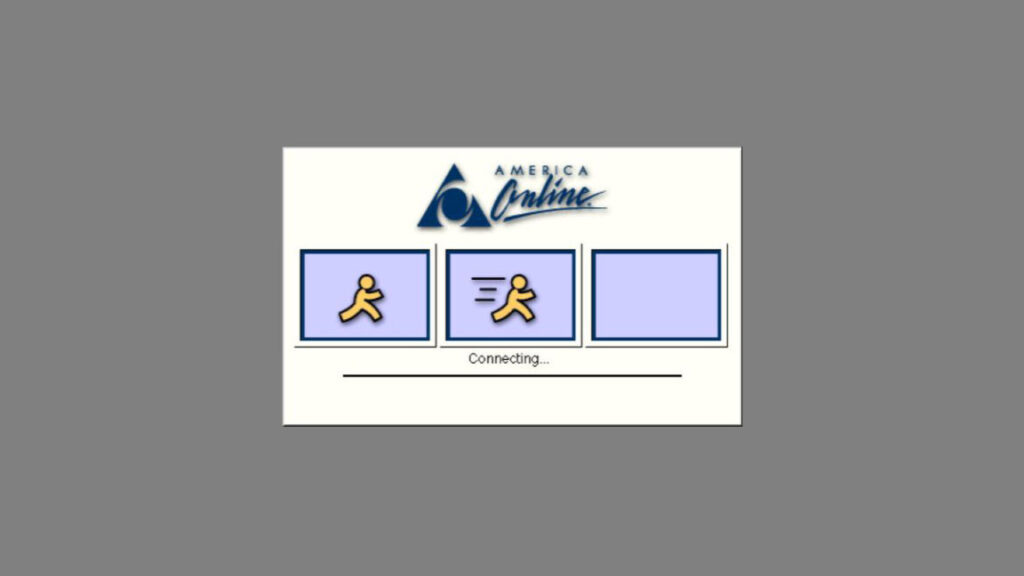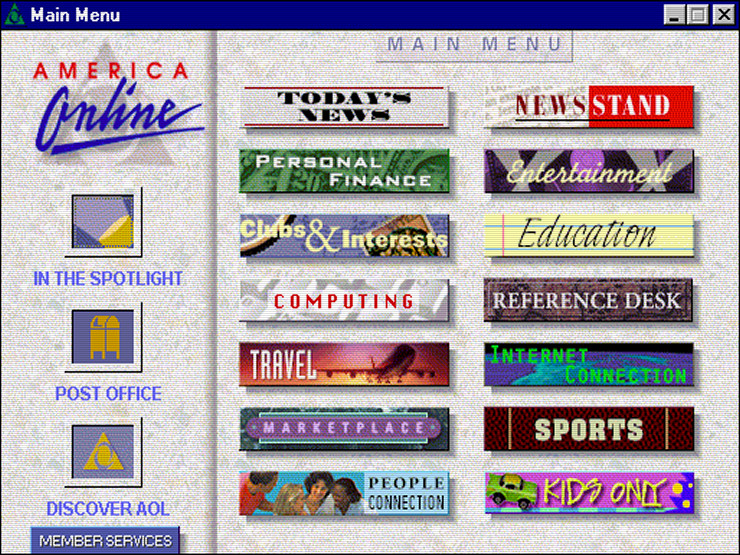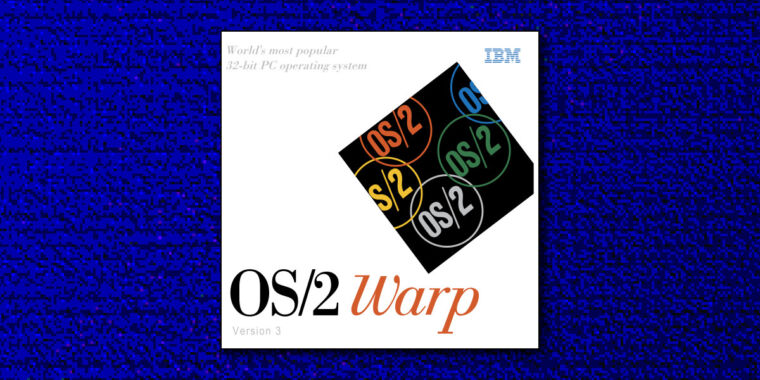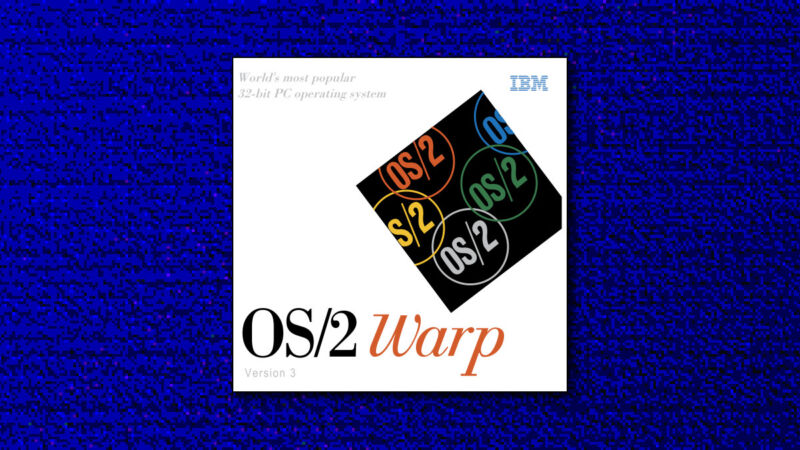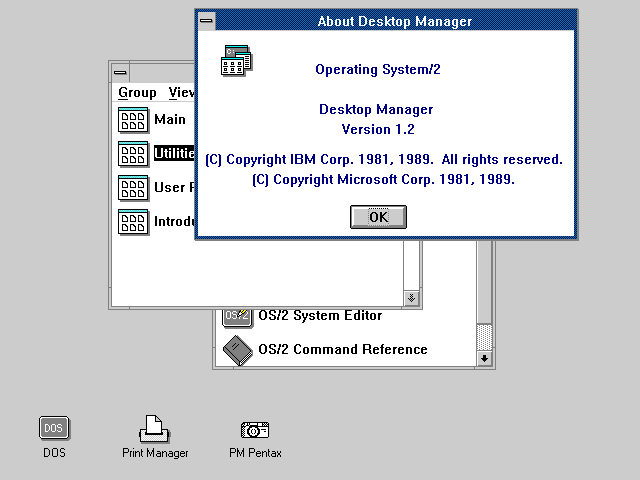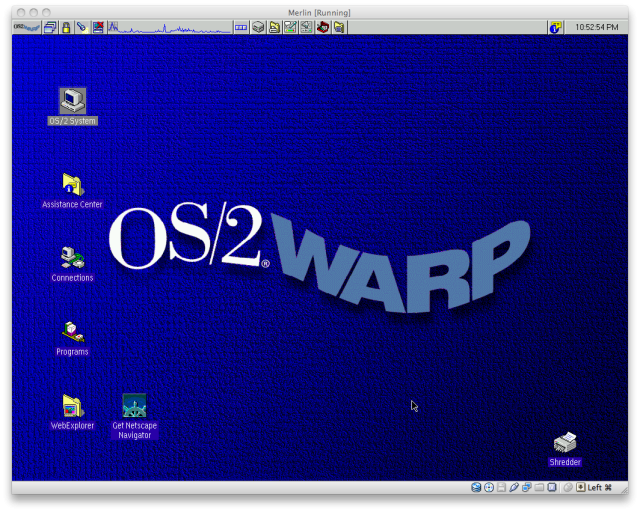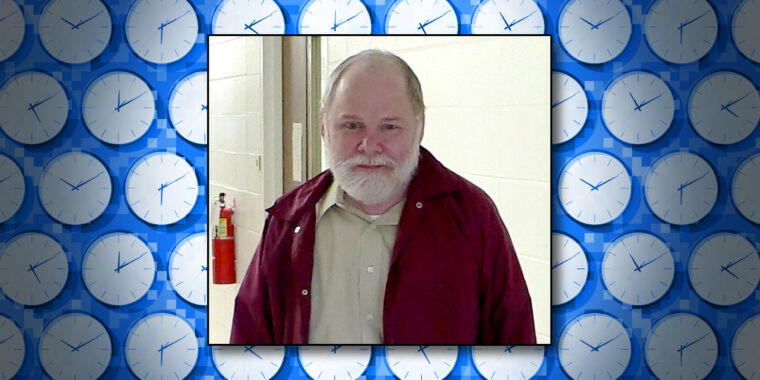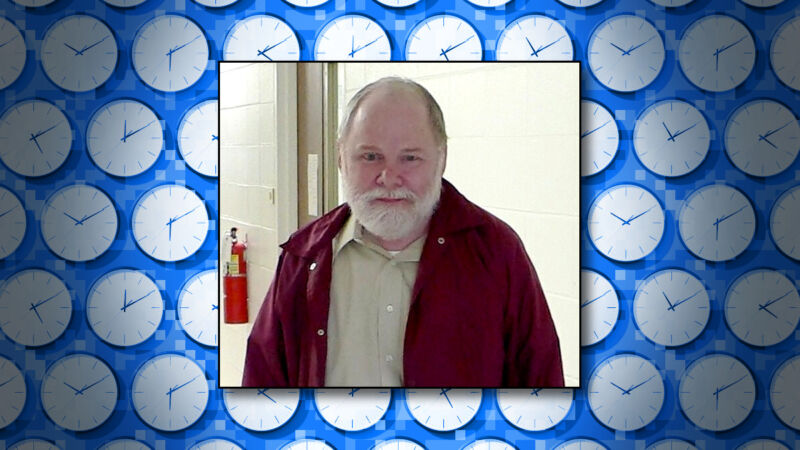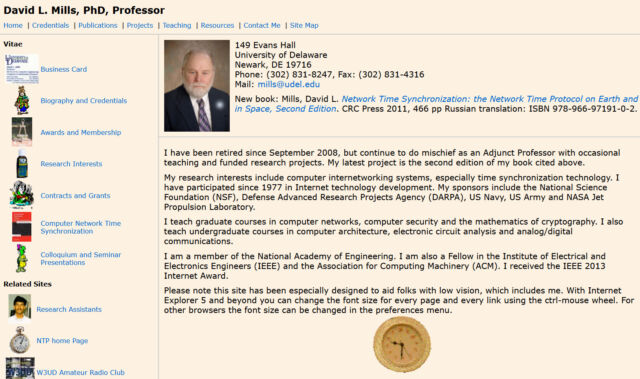AOL announces September shutdown for dial-up Internet access
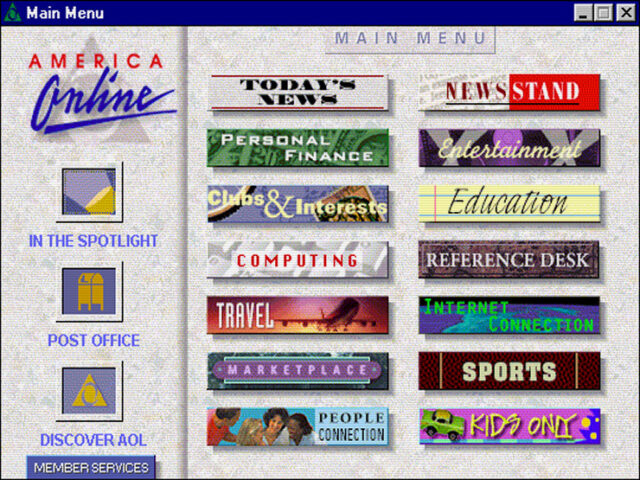
A screenshot of America Online’s version 2.5 client in 1995.
The company’s cultural impact extended far beyond mere connectivity. AOL Instant Messenger introduced many users to real-time digital communication. Chat rooms created some of the Internet’s first social networks. The famous “You’ve Got Mail” notification became so iconic that it was a title for a 1998 romantic comedy. For better or worse, AOL keywords trained a generation to navigate the web through corporate-curated portals rather than open searching.
Over the years, Ars Technica documented numerous dial-up developments and disasters that plagued AOL users. In 2015, 83-year-old Ron Dorff received phone bills totaling $24,298.93 after his AOL modem started dialing a long-distance number instead of a local access point—a problem that had plagued users since at least 2002, when New York’s attorney general received more than 50 complaints about similar billing disasters.
The financial risks weren’t limited to technical mishaps: AOL itself contributed to user frustration by repeatedly adjusting its pricing strategy. In 2006, the company raised dial-up rates to $25.90 per month—the same price as broadband—in an attempt to push users toward faster connections. This followed years of subscriber losses that saw AOL’s user base fall over time as the company struggled with conflicting strategies that included launching a $9.95 Netscape-branded service in 2003 while maintaining premium pricing for its main offering.
The infrastructure that remains
AOL’s shutdown doesn’t mean dial-up is completely dead. Several niche providers like NetZero, Juno, and Dialup 4 Less continue to offer dial-up services, particularly in areas where it remains the only option. In the past, some maintained dial-up connections as a backup connection for emergencies, though many still use it for specific tasks that don’t require high bandwidth, like processing credit card payments.
The Public Switched Telephone Network that carries dial-up signals still exists, though telephone companies increasingly route calls through modern packet-switched networks rather than traditional circuit-switched systems. As long as traditional phone service exists, dial-up remains technically possible—just increasingly impractical as the web grows more demanding.
For AOL, maintaining dial-up service likely became more about serving a dwindling but dependent user base than generating meaningful revenue. The infrastructure requirements, customer support needs, and technical maintenance for such a legacy system eventually outweigh the benefits.
The September 30 shutdown date gives remaining dial-up users just over one month now to find alternative Internet access—a challenge for those in areas where alternatives don’t exist. Some may switch to satellite or cellular services despite higher costs. Others may lose Internet access entirely, further widening the digital divide that dial-up, for all its limitations, helped bridge for three decades.
This article was updated on August 12, 2025 at 10: 45 AM Eastern to add details about when AOL began offering true Internet access.
AOL announces September shutdown for dial-up Internet access Read More »
